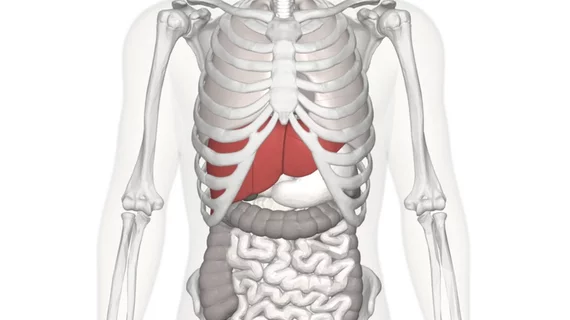Radiologists can confidently use LI-RADS 2018 in patients at high-risk for HCC
A group of researchers from the Republic of Korea found the 2018 Liver Imaging and Reporting Data System (LI-RADS) could accurately differentiate hepatocellular carcinoma (HCC) from other malignancy in patients with liver cirrhosis, according to a study published Jan. 29 in Radiology.
Specifically, the researchers tested the accuracy of the LI-RADS’s LR-M designation, which labels observations that are probably or definitely malignant but not specific for HCC. They also tested the LR-5 criteria, which indicates definite HCC.
The study consisted of 55 patients with untreated other malignancy and liver cirrhosis, as well as 165 treatment-naïve patients with HCC and liver cirrhosis.
Overall, using the LR-M criteria at gadoxetate-enhanced MRI, other (hepatic) malignancy could be identified from HCC with 89 percent sensitivity—comparable to LI-RADS 2014, according to the authors. Fifty-two percent of HCCs had at least one LR-M feature, which Yeun-Yoon Kim, of Yonsei University College of Medicine, Republic of Korea, and colleagues noted meant LR-M observations include HCC with atypical features.
“The differentiation between OM and HCC in liver cirrhosis is important in terms of patient treatment and prognostication,” wrote Kim and colleagues. “Our study demonstrates that LR-M criteria can effectively distinguish other (hepatic) malignancy (OM) from hepatocellular carcinoma (HCC) in patients with liver cirrhosis.”
Additionally, among the LR-M features, the team found targetoid features to be major indicators of OM, achieving a sensitivity of 80 percent—rim arterial phase hyperenhancement (APHE) was the most sensitive feature for identifying OM. Features such as peripheral washout, delayed central enhancement, targetoid restriction and targetoid appearance in the transitional phase or hepatobillary phase exhibited higher specificities, the authors wrote, validating the recent modifications of the LR-M category.
The LR-M category in the 2014 LI-RADS had a low sensitivity for distinguishing OM, according to Kim et al., and the reported high specificity of the LR-5 category for diagnosing HCC was determined prior to the 2018 LR-M criteria and before updates to the LR-5 criteria.
Kim and colleagues found the LR-5 and LR-M performed similarly for differentiating OM and HCC.
The authors noted that their study only included histopathologically-proven lesions which could have created higher diagnostic performance metrics, but that their results “may contribute to future refinements of the LI-RADS algorithm.”

